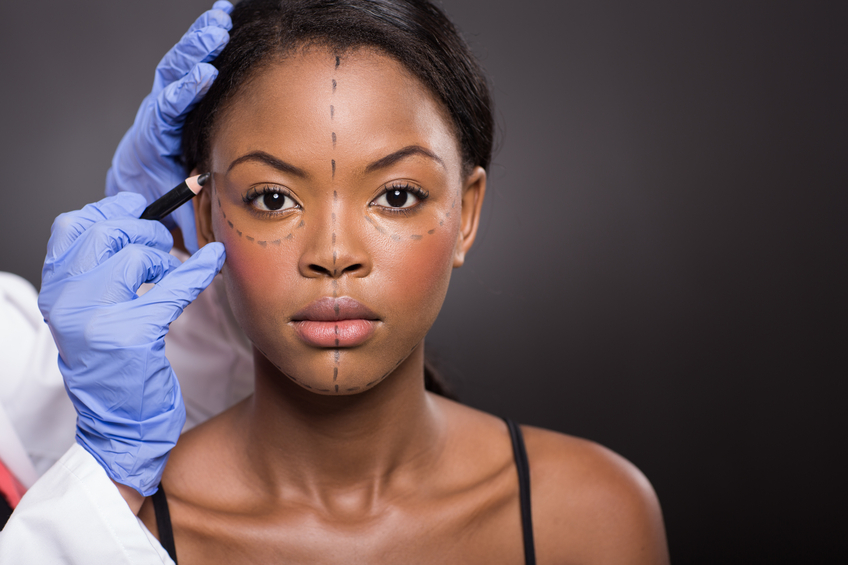
An “irresponsible” cosmetic surgery ad featuring a young fashion blogger discussing her dislike of her body has been banned for being likely to cause harm to teenagers.
The television ad for the company Transform showed 21-year-old blogger Sarah Ashcroft talking about her pre-surgery body, saying: “I never really looked at any part of my body past my neck because it wasn’t something I liked.”
She went on to describe her reaction to surgery: “I feel like a new person, from having nothing to then looking at yourself with boobs, it was the weirdest thing. Everyone was like ‘Wow, they look so natural, I’m so impressed’.”
“And to come away from it feeling 10 times more confident than you were, I think, is just an amazing feeling.”
A viewer complained that the ad exploited young women’s insecurities about their bodies by implying that breast-enhancement surgery would make them more confident and popular, and challenged whether the ad was irresponsible and harmful to those under 18.
TFHC Ltd, trading as Transform, described Ms Ashcroft as “representative of many independently-minded, responsible, thoughtful, sophisticated and successful young females who chose to undergo cosmetic surgery” and a positive role model who had a social media following in excess of 500,000 people.
Rather than exploiting insecurities, the ad reflected the emotional and physical outcome experienced by Ms Ashcroft while not making any claims that breast enlargement surgery resulted in increased popularity.
The ad included on-screen text stating that surgery was not without risk and for over-18s only, and was scheduled after 9pm.
The Advertising Standards Authority (ASA) said it was concerned that the ad’s focus on Ms Ashcroft’s negative perception of her body prior to surgery might encourage viewers, particularly young women and teenage girls, to think about their own insecurities about their bodies.
The ASA said it believed viewers would infer that her popularity and success as a fashion blogger had been, in part, a result of cosmetic surgery.
It said: “Although Ms Ashcroft’s was a personal story, we considered that the ad suggested more generally that success and popularity would be enhanced by achieving an idealised body image, which could be done by ‘correcting’ any perceived imperfections.
“In light of those factors, we concluded that the ad was irresponsible and likely to cause harm to those under 18.”
The ASA ruled that the ad must not appear again in its current form, adding: “We told TFHC to take care to ensure their service was advertised in a socially responsible way that was not likely to cause harm to those under 18 years of age.”
READ MORE
Nurofen advert banned for false claims on joint and back pain
Cosmetic surgery: It’s becoming increasingly common, but would you have it?

Enjoy the convenience of having The Sunday Post delivered as a digital ePaper straight to your smartphone, tablet or computer.
Subscribe for only £5.49 a month and enjoy all the benefits of the printed paper as a digital replica.
Subscribe